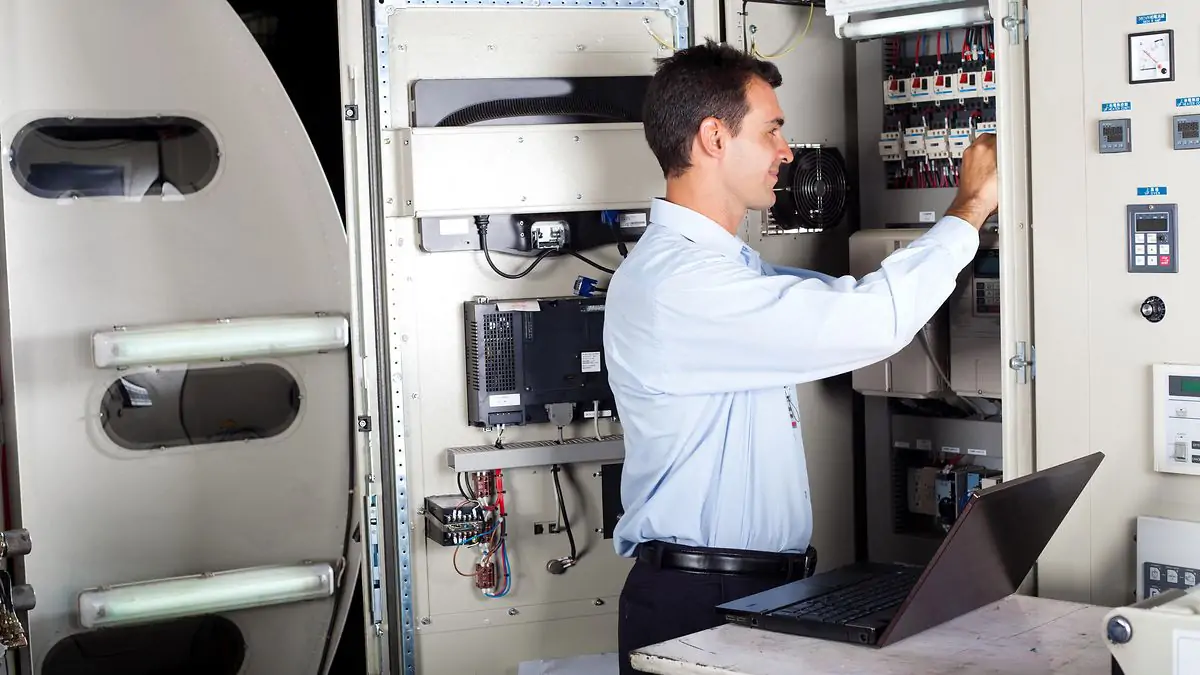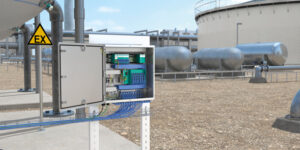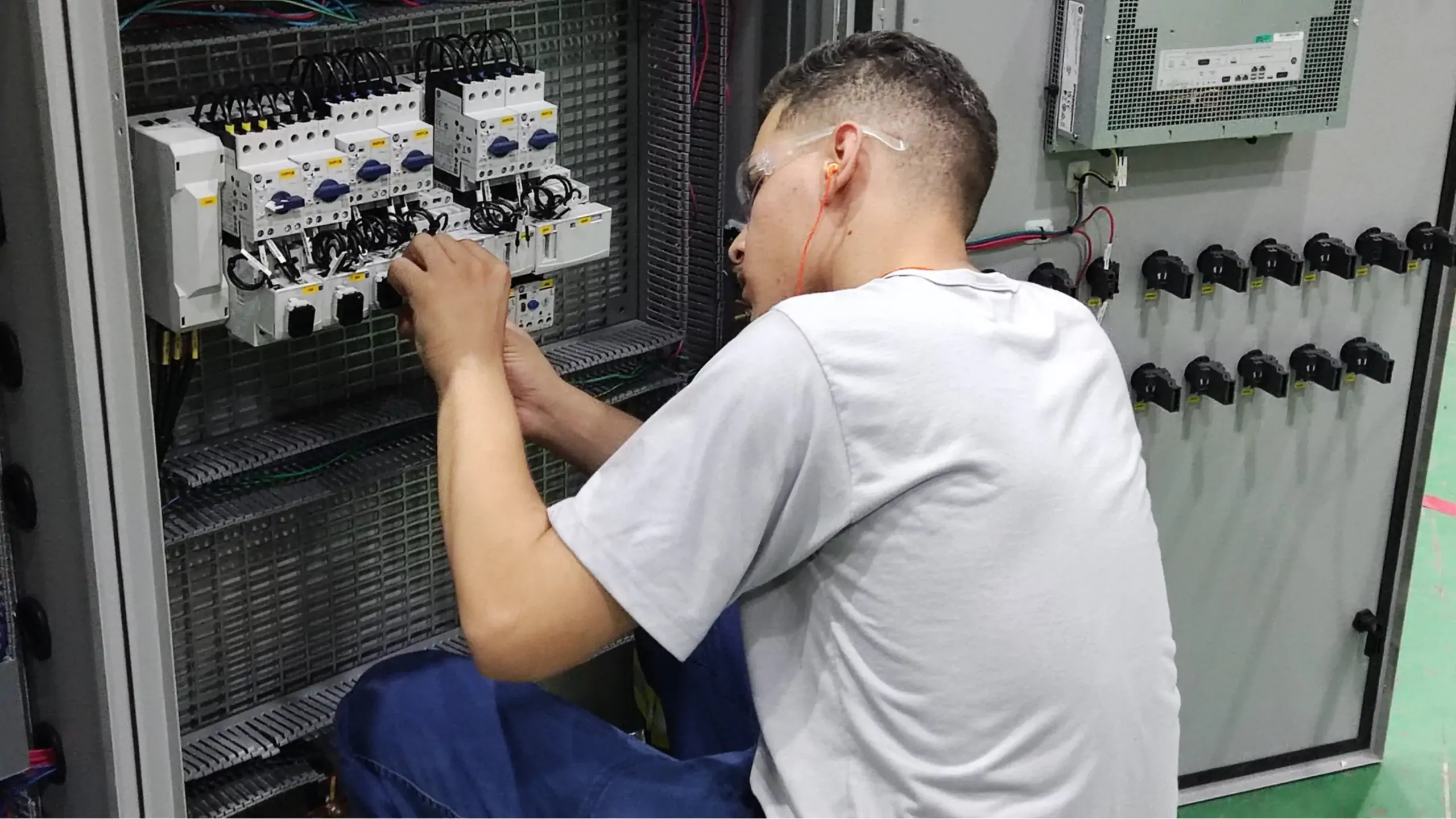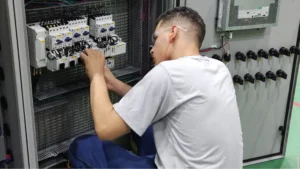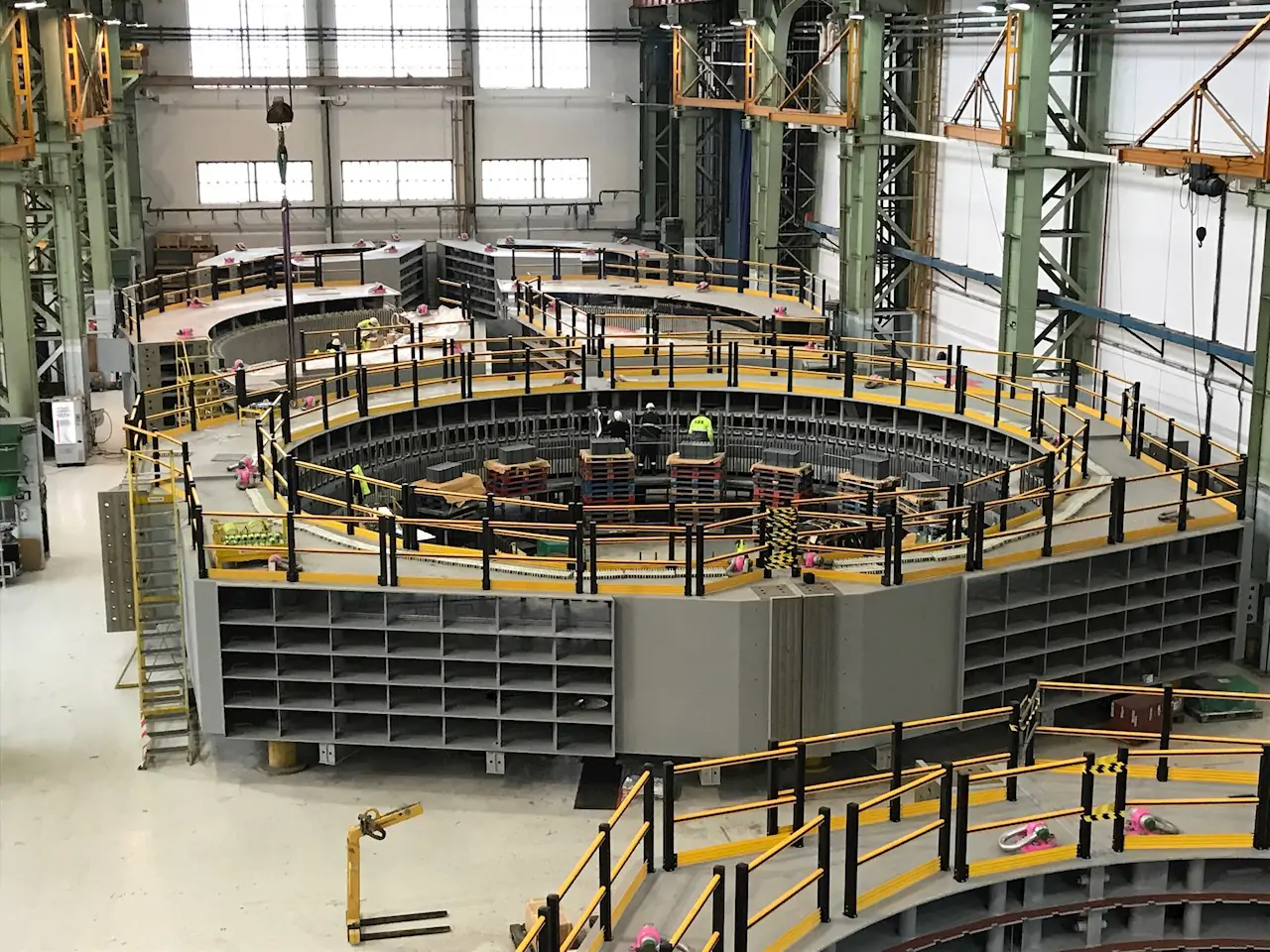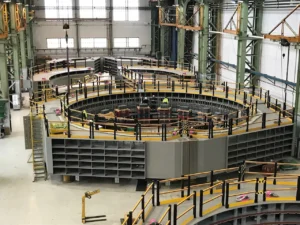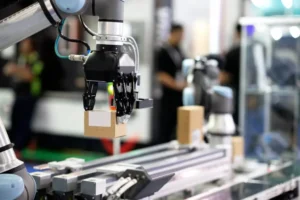CPU Not Booting? How to Interpret GE 90-70 LED Status Codes for Hardware Failures
Introduction
When your GE 90-70 PLC won’t start, those flashing LEDs are your first clue. With 15 years troubleshooting industrial systems, I’ve decoded countless shutdowns. These lights aren’t random—they’re precise hardware failure messages. Ignoring them risks costly downtime. Let’s translate those blinks into actionable fixes.

Why Your PLC’s LED Patterns Matter
GE 90-70 CPUs use LED codes like a medical chart. Red lights indicate critical hardware faults—not software glitches. From power supply failures to memory corruption, each pattern points to specific components. Unlike newer PLCs, the 90-70 won’t boot until hardware issues are resolved.
Common Failure Codes & Immediate Actions
Here’s what I’ve fixed most often on plant floors:
- Steady red RUN LED: Power supply overload or blown fuse. Check voltage at terminals.
- Flashing red CPU LED (2x/sec): Corrupted firmware. Requires EPROM reseating or replacement.
- Red STATUS + flashing MEM: Faulty RAM module. Test with known-good memory board.
- All LEDs dark: No DC power or dead backplane. Verify 5V supply to rack.

Advanced Diagnostics Most Techs Miss
Beyond basic codes, watch for subtle clues. If LEDs flicker during startup then fail, suspect capacitor aging in power supplies. Intermittent faults? Check VME backplane connectors—vibration loosens pins over time. My golden rule: Always reseat ALL cards before ordering parts. 30% of “failed” modules just need contact cleaning.
When Replacement Becomes Your Best Option
If diagnostics point to failed CPUs or power supplies, consider upgrades. Refurbished GE 90-70 components offer 70% cost savings versus new systems. At Powergear X Automation, we bench-test every unit—including 72-hour burn-in cycles—because I insist on reliability matching original GE specs.

Get Back Online Faster With Proven Solutions
Decoding LEDs gets your line running, but preventing repeat failures requires quality parts. Next time you face blinking red lights, remember: Powergear stocks battle-tested replacements for every GE 90-70 component. Click below for certified parts that pass military-grade diagnostics—with same-day shipping for critical outages.
Browse Certified GE 90-70 Replacement Parts →
| Model | Title | Link |
|---|---|---|
| IC697CPX935 | GE Fanuc Series 90-70 CPU Module | Learn More |
| IC697CPU731 | GE Fanuc Series 90-70 Single Slot CPU | Learn More |
| IC697CPU771 | GE Fanuc Series 90-70 Single Slot CPU | Learn More |
| IC697CPU780 | GE Fanuc Series 90-70 Single Slot CPU Module | Learn More |
| IC697BEM711 | GE Fanuc Series 90-70 Bus Receiver Module | Learn More |


